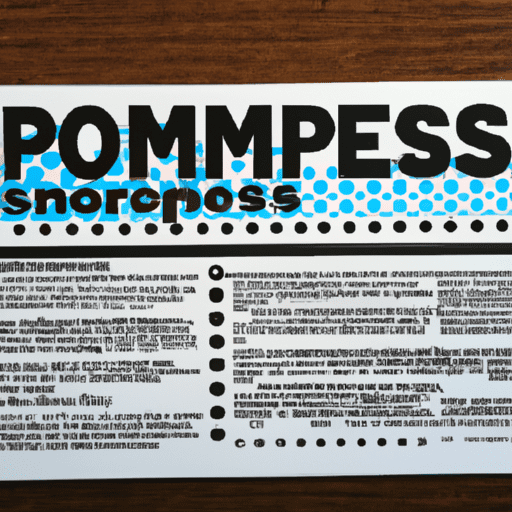The Best Fonts for Your Resume: A Guide to Getting Noticed
Expert Advice on Choosing the Right Font
Choosing the right font for your resume is crucial for capturing a recruiter’s attention. With only a few seconds to make an impression, every detail matters. We asked HubSpot recruiters for their expert advice on the best fonts to use and what they consider when evaluating resumes.
The Classics
According to Johanna Fleming, a former senior recruiter at HubSpot, classic fonts such as Times New Roman, Arial, Calibri, Helvetica, and Cambria are still the best options. These fonts are clean and exude professionalism.
Riley Kundtz, a former senior MBA campus recruiter at HubSpot, also prefers the classic formatting and Times font when reading resumes from experienced MBA candidates.
However, Glory Montes, a technical recruiter at HubSpot, suggests staying away from Times New Roman as it is overused and reminds her of college papers. She recommends sans-serif fonts like Helvetica for a modern and elegant look. Georgia is another font that offers a similar style to Times New Roman but with a bit more width, making it easier to read.
Paulina Valdez Franco, an executive recruiter at HubSpot, suggests Helvetica for a clean and classic look and Georgia for a more modern and fun look. She notes that Georgia is designed to read well on screens.
Rich Lapham, the team lead of engineering recruiting at HubSpot, recommends Garamond as a great option for resumes. He emphasizes the importance of keeping it clean and simple.
Arial and Calibri are also mentioned as safe choices by both Bridget LeMon, HubSpot’s global emerging talent and university recruiting manager, and Glory Montes.
Best Fonts for Resumes
1. Times New Roman: A classic serif font that is easy to read and communicates formality. It is a standard font used in most word processors and is easily readable in print and on-screen.
2. Arial: A clean and modern sans-serif font that offers simplicity. It is highly readable, even in small font sizes, making it ideal for fitting all necessary information on a single page.
3. Avenir Next: A modern typeface with geometric shapes, open contours, and strong lines. Its sleek and contemporary design is suitable for creative industries.
4. Helvetica: A widely recognized and popular font with a clean and professional appearance. It is easy to read and works well for text-heavy resumes.
5. Calibri: A contemporary font designed for legibility. Its modern look creates a sleek and professional appearance, making it ideal for highlighting contemporary skills and qualifications.
6. Cambria: A classic font with elegant serifs that gives a timeless look. It is highly readable, even in smaller font sizes, making it suitable for traditional industries.
7. Georgia: A traditional serif font with a classic and elegant look. It is easily customizable and versatile for a wide range of positions.
Does Using The Best Resume Fonts Even Matter?
While the font you choose for your resume is important, most recruiters agree that content matters the most. Formatting your resume neatly and submitting it as a PDF to maintain the formatting are crucial factors.
Recruiters spend only a few seconds reviewing each resume, so a traditional font that is clear and easy to read is sufficient. Avoid using script or bubble fonts that are distracting and hard to read.
Ultimately, the content of your resume should demonstrate your skills, qualifications, and accomplishments. A clear font choice will help showcase your content in a professional manner.
Worst Fonts for Resumes
Recruiters unanimously agree that cursive or overly decorative fonts should be avoided. Fonts like Comic Sans and script fonts make the text hard to read and are not suitable for professional resumes.
Ideal Resume Font Size
The ideal font size for a resume is 12. This size ensures readability without straining the eyes. Larger font sizes can be used for headings and section titles, while the main content should remain at 12.
It is important to keep your resume clear and easy to read, so avoid going below a font size of 10.5.
Closing Summary
Choosing the right font for your resume is essential for making a positive impression on recruiters. Classic fonts like Times New Roman, Arial, Calibri, Helvetica, Cambria, and Georgia are often recommended for their professional and clean appearance.
While the font choice is important, recruiters emphasize that content matters the most. A well-formatted resume with clear and concise content will always stand out more than a resume with a fancy font.
Remember to keep your resume neat, submit it as a PDF, and focus on showcasing your skills and qualifications. The font you choose should enhance your content, not distract from it.

